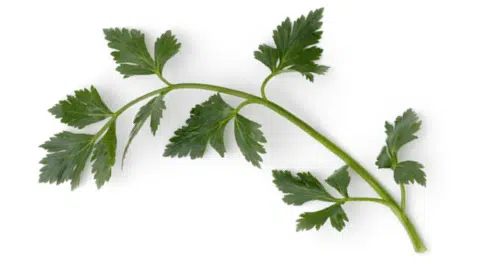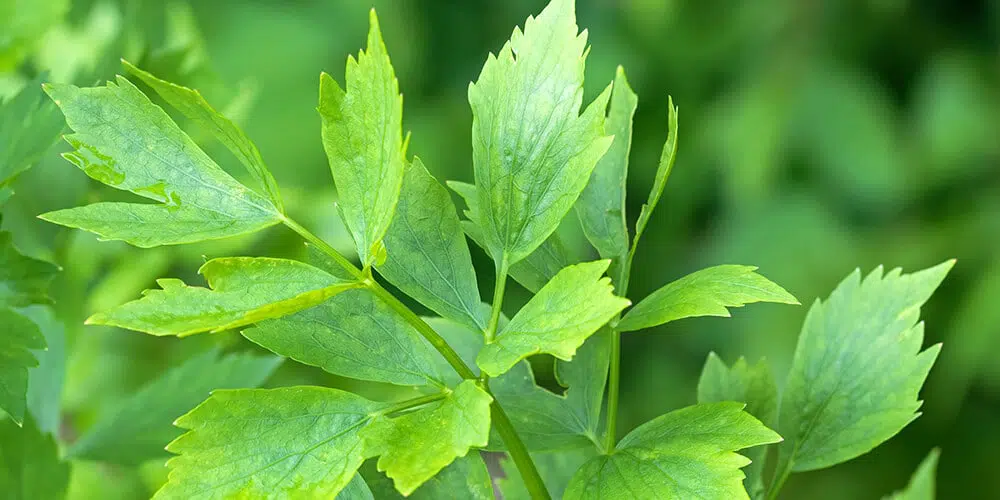Lovage leaf
The herb lovage is a perennial that can grow up to 2 to 3 meters high. It grows yellow-green flowers that are very popular with bees. The strong aroma of lovage resembles the taste of celery, as does the shape of the leaves; narrow and ovoid. Did you know that lovage is also called the maggi herb? It has a broth-like taste.
Lovage was brought to Europe in the 12th century, here you can find lovage leaves in different countries. Verstegen lovage comes from Germany, because that is where the best quality comes from. Continue reading to learn more about this delicious herb.



